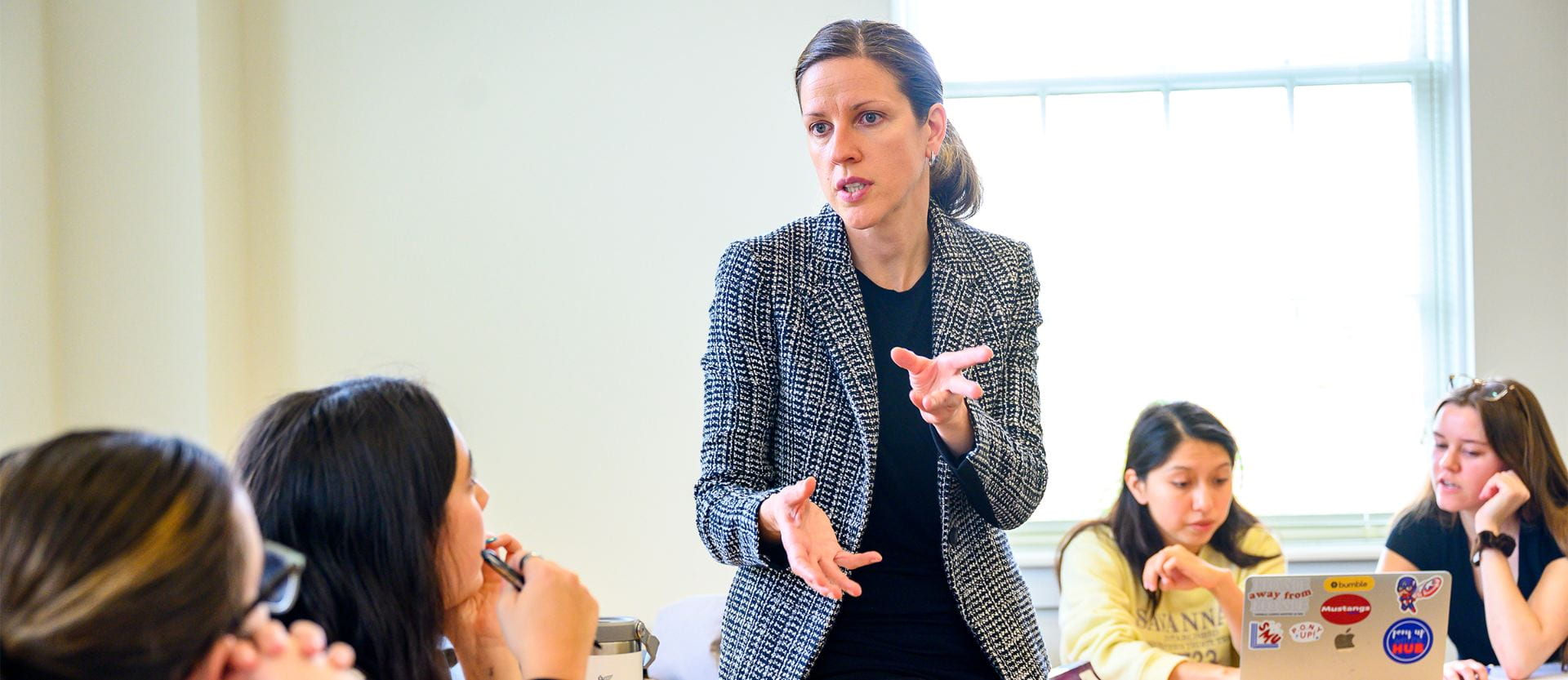When Vishal Ahuja moved from Chicago to Texas in 2014, he faced a frustration experienced by many families: finding a compatible primary care provider. A few lackluster interactions with potential PCPs left him with recurring questions: “Why is this so difficult? Why can’t I have the same doctor? Can I continue working with my PCP from Chicago via phone or video?”
This thought process eventually inspired a research project co-authored by Ahuja, an assistant professor of information technology and operations management at the SMU Cox School of Business and an adjunct assistant professor of clinical sciences at the University of Texas Southwestern Medical Center. His empirical study examined the impact of maintaining continuity of care in a primary care setting. For Ahuja, the research was personal, and a goal was set: Capture the value.
“Showing the dollar-value impact is what perks up the ears of health policymakers and administrators,” he says.
The results reinforced what Ahuja had been mulling over after his PCP search: Providers should find alternate ways to maintain and improve continuity of care and service — namely through digital technology — and companies should consider investing in this sector. Largely accessible and time efficient, Ahuja believes telemedicine is an ideal method for sustaining and improving continuity of care and service within a primary care setting.
Ahuja’s research has shed light on how telemedicine benefits doctors and patients in their communication and helps doctors better track their patients’ health journeys. This level of care could also ensure that tests and questionnaires aren’t repeated and help patients find the right doctor for their specific needs.
We spoke to Ahuja to discuss his research and to hear his take on the benefits of telemedicine — and what its future holds.
A Brief History of Telemedicine
Telemedicine is not a recent phenomenon. The concept was on the rise well before COVID-19 firmly gripped the American health care system; it goes as far back as the late 1870s, when doctors used telephones to make literal house calls for simple medical issues. Advocates of telemedicine have spent decades gaining momentum and attempting to jump bureaucratic hurdles.
In fact, telemedicine has had the Congressional “greenlight” for nearly two decades. Congress approved Medicare’s Telehealth Benefit in 1997, allowing Medicare to pay for telehealth services. It took effect in 2001. But, nearly 20 years later, Medicare has been slow to adopt the practice, which could assist the elderly and chronically ill — two demographics that often overlap.
Ahuja believes that COVID-19 acts as a clear watershed in telemedicine’s history.
The number of hospitals that have implemented telemedicine rose from 35% to 76% between 2010 and 2017. But despite this growth, pre-COVID-19 telemedicine use was still low due to hesitation from both patients and doctors, Ahuja says. Patient-privacy concerns, doctor reimbursement and a lack of technical skills have often been the main barriers in confident adoption of telemedicine.
But there’s no place for this reluctance during a global health crisis — patients and providers have had to push past that initial skepticism.
“In essence, COVID-19 has allowed us to lower our psychological barriers to the adoption of technology,” Ahuja says. “All of a sudden, we realize we’re not as inflexible as we thought we were. We’re not as tech-adverse as we were. Necessity is the mother of invention.”
Navigating the Red Tape
COVID-19 brought loosened state-licensing requirements and relaxed qualifications for Medicare recipients. In a surprising move, the Centers for Medicare and Medicaid Services (CMS) removed some of the financial barriers that had previously hindered telemedicine use among Medicare beneficiaries. The biggest wins have been CMS’ billing treatment of telemedicine appointments as in-person appointments, the removal of location restrictions and temporarily relaxed HIPAA requirements that allow doctors to use their personal phones when necessary.
Now that society is warming to the idea of digital health care, medical providers are trying to assess what the “new normal” will look like in a post-COVID-19 world.
“I certainly, for one, don’t argue for replacing my face-to-face doctor visit with telemedicine, but rather as a supplement in times [such as COVID-19],” Ahuja says.
When properly administered, telemedicine benefits patient retention and keeps in-office, face-to-face appointments open for initial visits and critical care.
In 2016, Americans visited their primary care physician’s office more than 480,000 times. An investment in telemedicine could curb the number of in-person visits while still providing quality care, potentially benefiting chronically ill patients who often rely on frequent visits.
So what will telemedicine look like in the near future? According to Ahuja, it’s hard to say. He acknowledges the regulatory barriers but believes innovative solutions will help propel the industry forward.
“Technologies to improve communication efforts are going to go a long way,” he says. “Can we not encode such that the doctor and the patient receive the results of the test immediately and simultaneously? Modifications to laws that allow seamless communication between the patient and provider are key.”
Ahuja goes on to say that the future of telemedicine rests on trust between patient and provider and breaking through regulatory barriers. It’s up to doctors to help soothe patient concerns such as privacy and continued quality of care.
“Building that relationship with your patients is critical in any primary care setting — telemedicine or not,” he says.
Another way is considering how to engage patients through an online space. Ahuja suggests taking action that empowers patients by hosting webinars and connecting individuals who have related conditions.
“If done correctly … [it] will further strengthen the role of telemedicine in improving access, care and satisfaction,” he says.
Beyond Modern Medicine
Ahuja sees a need and opportunity for the continuity of care and service beyond the walls of a doctor’s office. With the right application and implementation, industries ranging from education and personal finance could reap the benefits of telecommunication as well.
Connection and building authentic relationships aren’t bound to the medical field. Ahuja sees this use of technology expanding to other industries. Much like in PCP care, it’s difficult to understand a person’s hopes, anxieties and fears through a routine, somewhat scripted conversation.
“That thing doesn’t come out in a 30-minute conversation,” he says. “Investing in those things that build relationships, that build trust and that build confidence are critical.”
You can learn more about the future benefits of telemedicine in this recent op-ed written by Professor Ahuja for the Austin American-Statesman. Click here to read more about the shifting business world and for insights from our faculty at SMU Cox.














